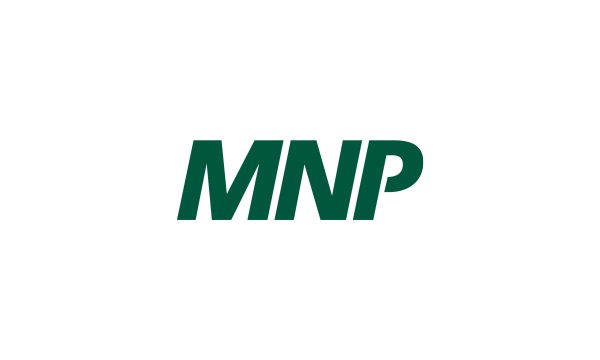HANDLING PHONE LEADS EFFECTIVELY CAN BRING CUSTOMERS INSIDE THE DOOR
The Internet has opened up endless possibilities for leads.
But that doesn’t mean digital has replaced some more traditional sources — like the telephone.
A phone lead is still a lead.
When the phone rings, dealers need to be prepared to answer.
According to recent studies, most dealers will identify themselves properly on the phone around 70 per cent of the time. But they only have a 30 per cent chance of getting customers back on the phone a second time.
Maggie Gormley, who handled marketing with Dominion Enterprises, said it best: “If you are not answering their questions immediately, you can almost guarantee the prospect is calling a different dealership after they hang up.” It’s also an issue for the service department.
CallSource Automotive did a study early in 2015 which analyzed data across 2,464 phone calls. The research identified six key behaviours that, when successfully performed, were crucial in increasing service call-to appointment ratios.
“We were surprised that in nearly 30 per cent of the calls, key, obvious actions were not implemented by service department call handlers,” said Andrew Price, President of CallSource Automotive. This study is a wake up call for dealers into the state of automotive service department call handling, and we hope this insight will be used by dealers to immediately improve their call-to-appointment ratios.”
 The CallSource research also found on average 20 per cent of incoming service calls are mishandled at the dealership, usually resulting in the customer taking their business to a competing store.
The CallSource research also found on average 20 per cent of incoming service calls are mishandled at the dealership, usually resulting in the customer taking their business to a competing store.
All this leads to the importance of having a team equipped with the right tools.
“The phone is essential to a dealership’s bottom line,” said Daniel Racine, General Director of Quebec-based Activix, which specializes in automotive phone and email contact management.
“Dealership personnel need to be active and dynamic on the phone and can’t simply wait for a walk-in. They also need to be proactive in calling back quickly, calling back often and calling previous customers,” said Racine.
But first, dealers need to know how to handle phone calls. That involves training.
“Some companies offer training that includes pre-written scripts, but we prefer to focus on the items that need to be addressed and let the sales or service person say it in their own natural way,” said Racine.
“This allows the personality to shine through and results in a more efficient phone conversation. But first of all, the dealer needs to track and measure the team’s performance and then make sure coaching happens for the weaker areas.”
Racine said dealer principals and general managers should have access to a phone tracking system that measures phone call performance. “This will help identify who needs coaching in which areas, but will also help prioritize who should receive which phone calls,” said Racine.
Most studies also show that call volume is now outpacing Internet leads, with a ratio going up to four to one in some studies.
“The message is clear: consumers want the immediate gratification of a phone call — but, sadly, at least 40 per cent of those callers aren’t getting any kind of gratification when dialing a typical dealership,” said Price.
“A situation that is costing dealerships as much as $44,000 in lost revenues every month.”

















